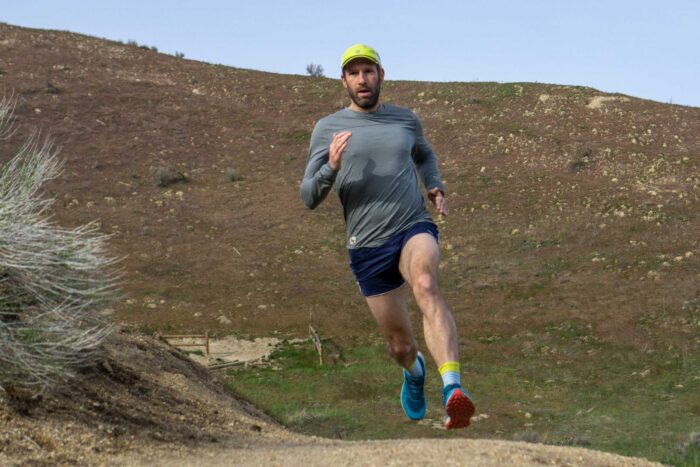The Tecnica Forge will be the first thermo-moldable hiking boot when it hits the market Spring 2018. But its innovations don’t stop there.
Moldable boots are nothing new. Ski boots have used foams and plastics with moldable properties to help create a custom fit for many years. But the technology was never applied to hiking boots until now.
This week Tecnica unveiled a new line of hiking boots called the Forge. Boot fitters use a specially designed machine to heat and mold the boot to each customer’s individual foot.
Tecnica Forge: Customizable Boot
Tecnica Forge: Quick Test

Unique Design Elements
Thermo-Moldable Upper

Moldable Insole
















